Weeds, Diseases and Pests
-
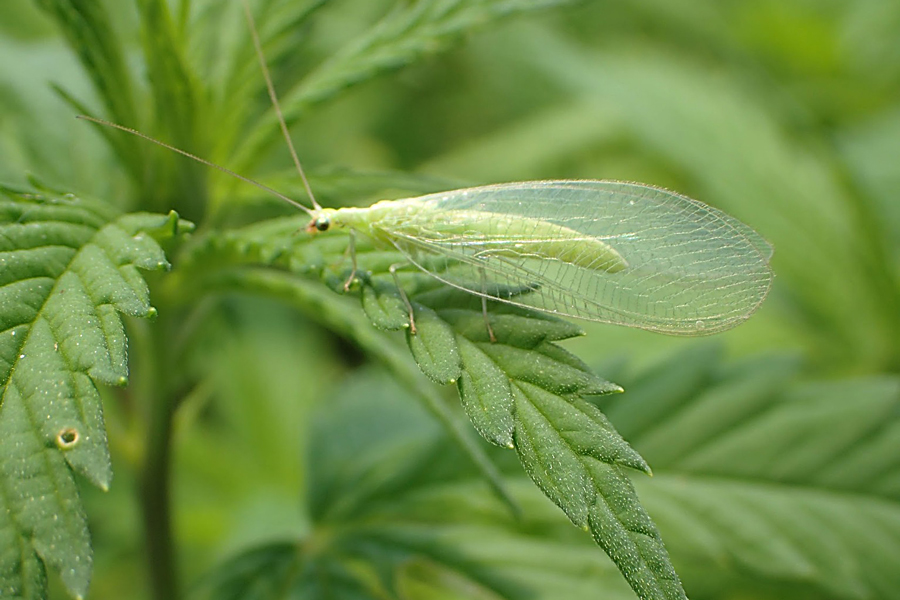
Blueberries are becoming the state fruit of Georgia with considerable acreage planted. Blueberries have many pest challenges and a current invasive pest challenge from spotted wing drosophilia (SWD). While efforts are underway to release new biocontrol agents for SWD, we still know little about the natural enemies in blueberry systems. Here we provide an overview of common natural enemies and conservation strategies for preserving beneficial species in blueberry systems. The work was funded by the NRCS to provide new information on natural enemies and pollinators and help with design and implementation of habitat management concepts.
Svoboda Pennisi, Jason Schmidt, Sarah Rezende, and Subin Neupane
|
-

Pierce’s disease (PD) may be the greatest threat to the growth and sustainability of wine grape industries in the Southeastern U.S. The first step to managing grapevine PD is understanding the threat of PD as dictated by the region in which vines will be planted. It is highly advised that PD-tolerant cultivars be planted if a vineyard will be established in a region of high PD-threat. Growers should understand that there is a risk of planting Vitis vinifera and other PD-intolerant cultivars in several Southeastern U.S. regions, including the mountain regions of northern Georgia and piedmont regions in North Carolina. If PD-intolerant cultivars are planted, leafhopper vectors should be intensively scouted for and managed, and PD-infected vines should be immediately rogued out of the vineyard.
Phillip Brannen, Brett Blaauw, and Sarah Lowder
|
-
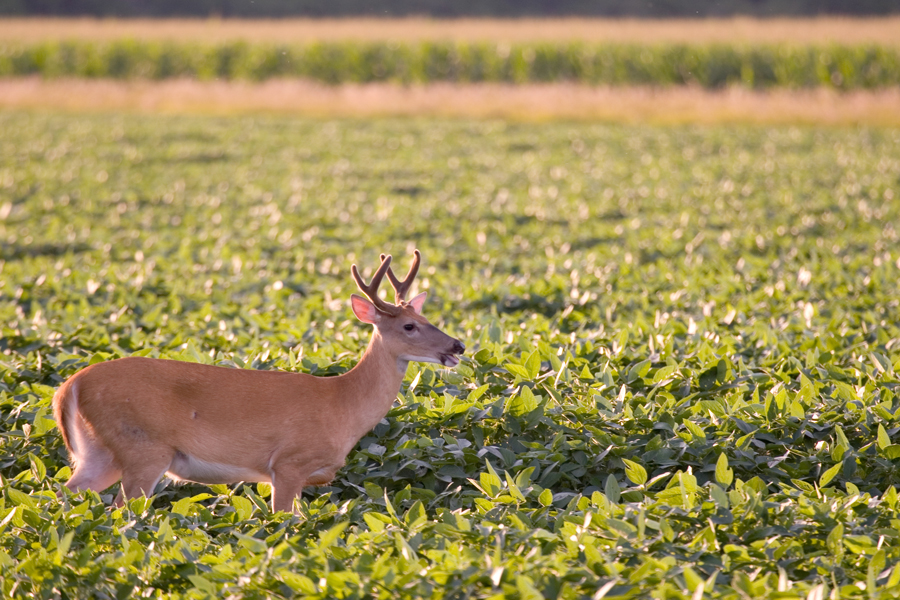
Food plots provide supplemental forage to wildlife during periods when native vegetation is less abundant or lacks nutritional quality. Because deer often prefer fertilized food plot plants to naturally available plants, over-browsing can damage food plots before they become sufficiently established.
Michael Mengak
|
-

Foraging armadillos often uproot ornamental plants. Their rooting also destroys gardens, lawns and flower beds. Their burrowing can damage tree roots and building foundations. Most armadillo damage is caused by their feeding habits.
Michael Mengak
|
-
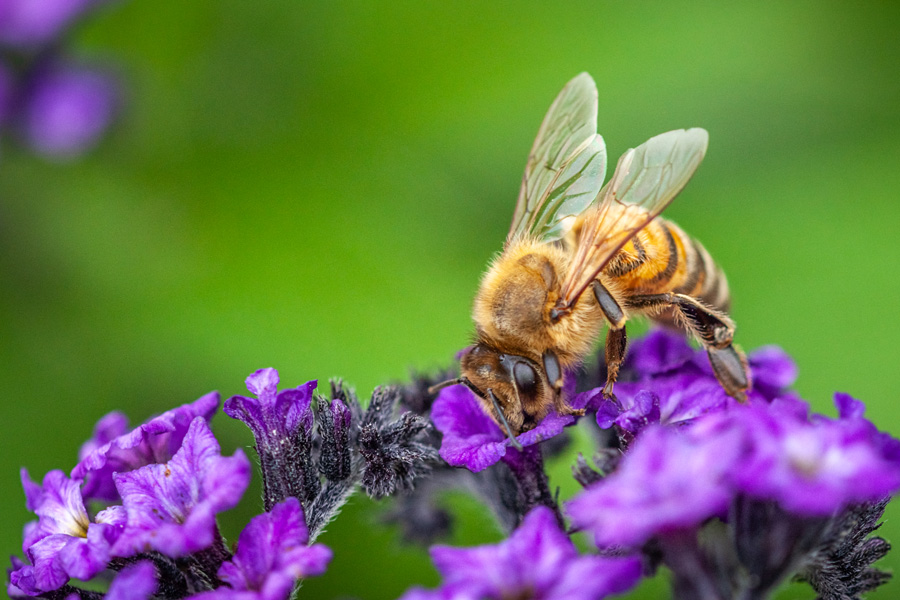
Mosquitoes can transmit a wide variety of pathogens and significantly reduce our quality of life with their aggressive biting behavior. On the other end of the spectrum, pollinators are a critical part of our natural environment, contributing significantly to food production and ecological diversity. Honey bees, along with other pollinators, are susceptible to pesticides, and significant bee kills have occurred because of mistimed or misguided pesticide applications. When conducted properly, an integrated pest management approach does not pose a significant risk to honey bee colonies.
Elmer Gray and Jennifer Berry
|
-
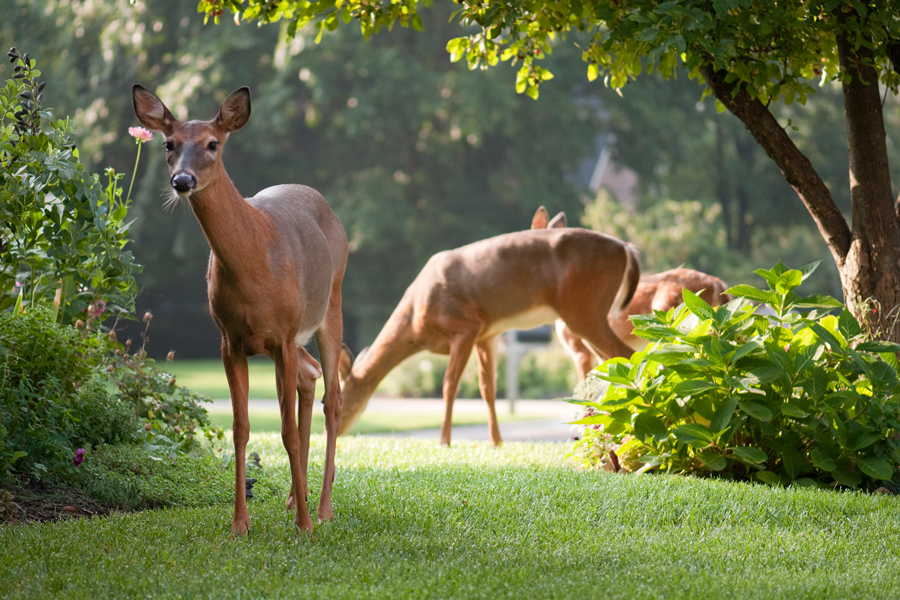
White-tailed deer provide aesthetic and economic value, but deer can cause a variety of negative economic impacts. Deer can damage personal property, agronomic crops, landscape plantings, and food plots, and they serve as a host for diseases common to livestock and humans.
Michael Mengak
|
-
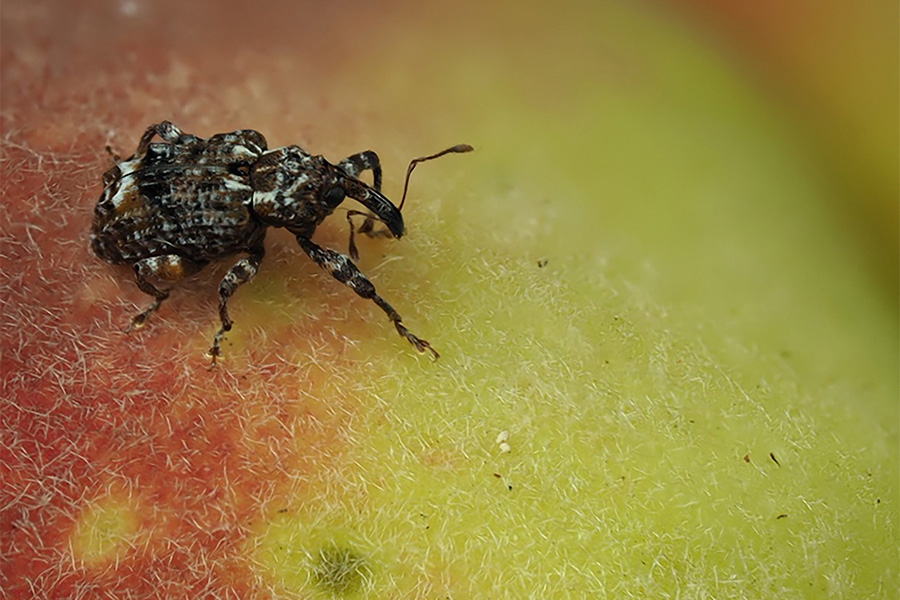
Plum curculio, Conotrachelus nenuphar (Herbst), is a key insect pest of peaches in the Southeast region of the United States. It is a snout beetle native to North America and is found east of the Rocky Mountains in the U.S. and Canada. Plum curculio drives the insect pest management program for Georgia peach producers. This circular covers the biology, damage, and current management recommendations for plum curculio in Georgia peach production.
Brett Blaauw and Tzu-Chin Liu
|
-
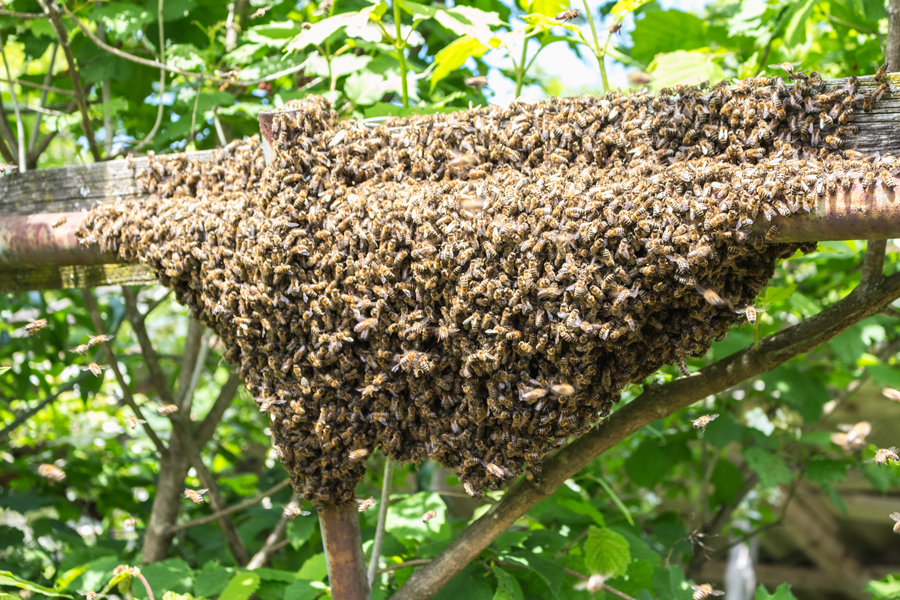
This circular is for property owners who have unwanted honey bee swarms on their lands or colonies nesting inside walls. It explains these natural processes and gives options for dealing with them.
Keith Delaplane
|
-

This guide discusses how to prevent and treat head lice outbreaks in schools.
Allison Johnson
|